On location in Stung Treng – Filming a case study for UNICEF’s Generation Future Programme
It’s always good to get out of Phnom Penh on assignment and working as an NGO videographer on an assignment for UNICEF was no exception.
I’d made a video case study about Panha just as she started started a role as a team leader as part of the Code for Girls project.
It was always the plan to make a follow up video of Panha to see the progress she had made over the
Panha spoke about the new skills she had learnt. ‘Now, I can use code in my designs
to make all kinds of models,’ she said.
We also interviewed Lida, Panha’s IT teacher. She spoke about the progress Panha had made.
‘It makes me very happy to see Panha undergoing such a positive transformation. She has gone from a girl with basic typing skills to a girl who is confident in writing code,’ she said.
Panha also spoke about the training she had provided to her team members.
‘Over the past 6 months, I have trained my team members in STEM subjects. We’ve learned about using a 3D printer and coding,’ she said.
Chaily, one of Panha’s team members was very positive about the training Panha has given her.
‘Panha has helped to improve my drawing skills, and she’s improved my leadership
and teamworking skills,’ she said.
Panha has had to overcome difficulties to provide the best training she can.
‘Even though I’m a very shy person. My confidence has improved,’ she said.
Panha plans to set up a dedicated STEM room at her school and wants to study computer science at university. She has even inspired Chaily to pursue a university course in civil engineering.
I wish both Panha and Chaily the best of luck in the future. It’s important that increasing numbers of girls enter the STEM sector as they are currently underrepresented. Hopefully they can both continue to be role models and inspire other girls to pursue their goals.
Please don’t hesitate to contact me if you have any video projects you’d like to discuss.
Filming 2 social media videos about youth-led, climate change initiatives for UNICEF
As part of Kitty Van Der Heidjen’s visit to Siem Reap, I was asked to produce 2, short social media videos to showcase the young people’s climate-led initiatives.
The request was made on the second morning of the shoot, which didn’t give us much time, but the UNICEF communications team had a clear vision of what they wanted to achieve and everyone was in agreement that the young people’s campaigns were impressive. It was important to give young people a voice and the videos would be a strong tool for advocacy.
We decided to make two short videos. One about Fantastic 5, a group of five girls who had created an app to educate people about plastic use and deforestation.
The second video featured 3 of the young people’s campaigns including Fantastic 5, YOSO, a project about solar power and campaign about reducing the use of plastic in the community.
Fantastic 5
In Cambodia, it’s not uncommon for people to take videos and upload them to their own platforms. While it’s a complement for Apsara to post the video, the adverts for energy drinks they added aren’t really appropriate for the content!
Video showcasing 3 youth-led climate initiatives
Kitty Van Der Heidjen will be leading a UNICEF delegation to the COP29 conference in Azerbaijan and there will be representation from Cambodia.
My hope is that the videos can be shown at the conference and hopefully they can make a small change to give young people a voice at the table. It’s important that more resources are made available to support young people as ultimately the future of the planet is theirs.
On assignment as an NGO videographer for UNICEF in Stung Treng
I’d worked as an NGO videographer on a Generation Future video for UNICEF a couple of years ago, so it’s always good to get the call to come back and make a follow up video to show how the programme has progressed / evolved.
We filmed the last video in Siem Reap Province. This time the location was Stung Treng Province with a focus on female empowerment and getting more girls involved in STEM subjects (Science, technology, engineering, and mathematics.
This area where girls are underrepresented. They can also face barriers when trying to study STEM subjects.
Four Generation Future projects, Code for Girls, Cyclo Day, Meakea and RULErs, ran workshops to recruit and train 48 student volunteers from 4 schools in Stung Treng Province. All the groups featured female trainers and female student volunteers.
‘Code For Girls is a project that encourages girls to learn about coding and engineering,
which are both STEM subjects,’ says Sereny, the Code for Girls project leader.
‘We want them to use coding and 3D printing to come up with solutions to solve everyday problems,’ she adds.
‘I really enjoyed learning how to draw 2D and 3D models. I’ve never done this before,’ says Sovy, one of the student volunteers.
‘I've learnt a lot of new skills and gained a lot of new knowledge,’ she adds.
‘I’d like to see all Cambodian girls being confident and assured in the decisions they make,’ she concludes, which is a sentiment we can all agree with.
It was great working with the future generation of trainers and volunteers. Living in a country with such a young demographic, it’s essential that the younger generation, especially girls, learn leaderships skills and demand a voice in the decision-making process.
You can see the last video I made for Genreation Future here and more examples of my NGO videography work here.
Please don’t hesitate to get in touch if you have an NGO videography you would like to discuss.
In the Field - NGO Photography for FELM's Mushroom Cultivation Initiative, Ratanikiri, Cambodia
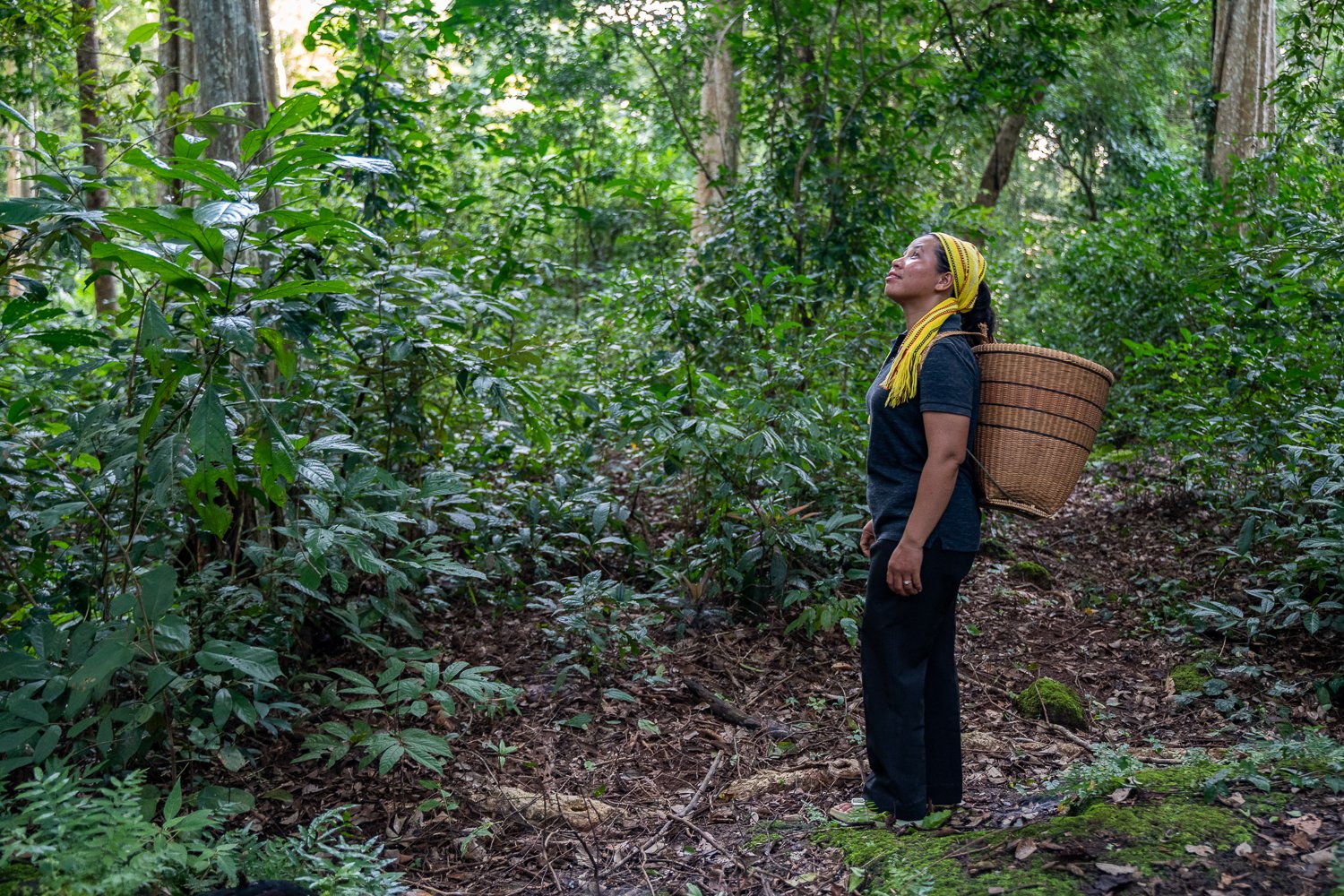
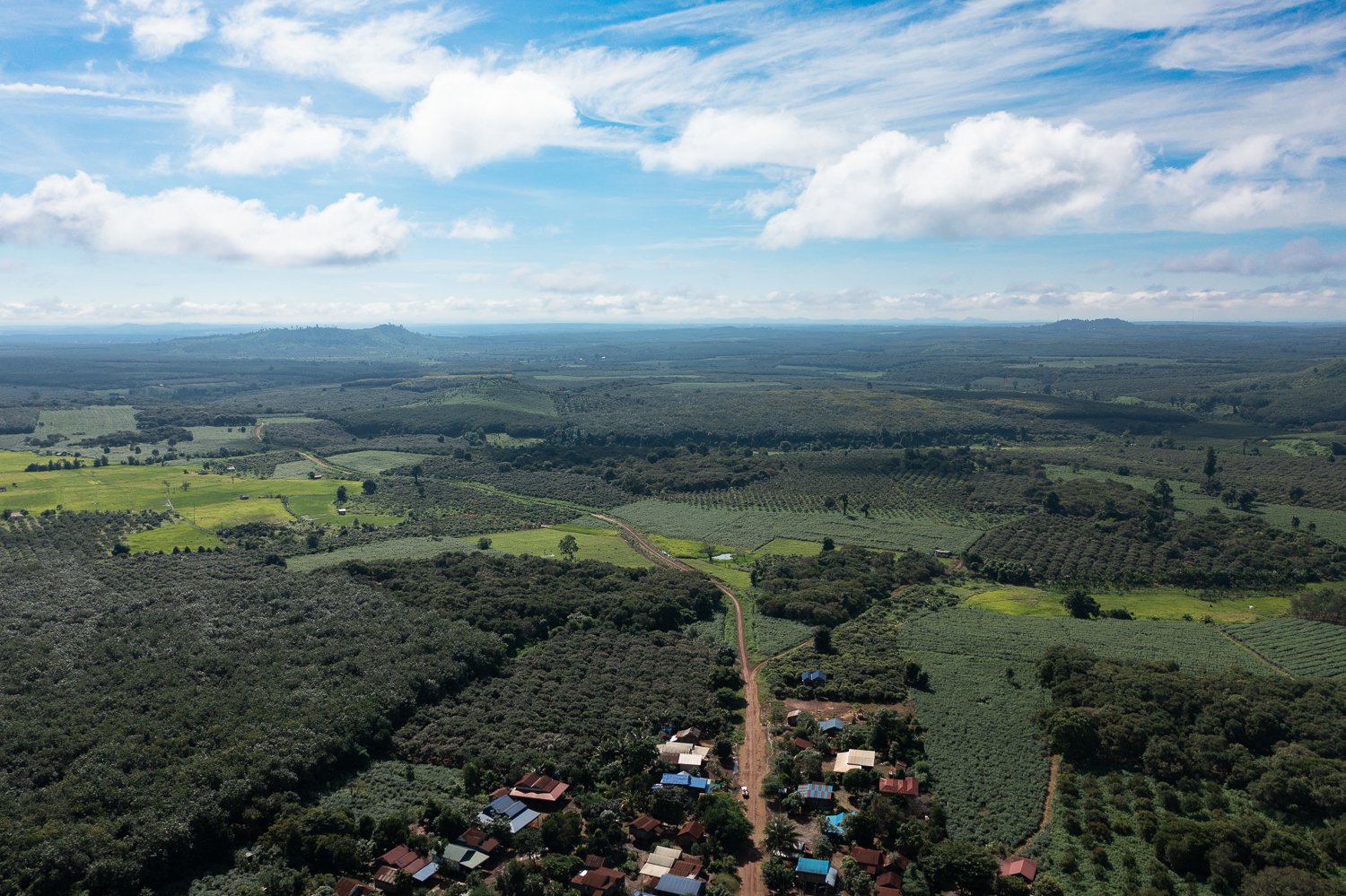
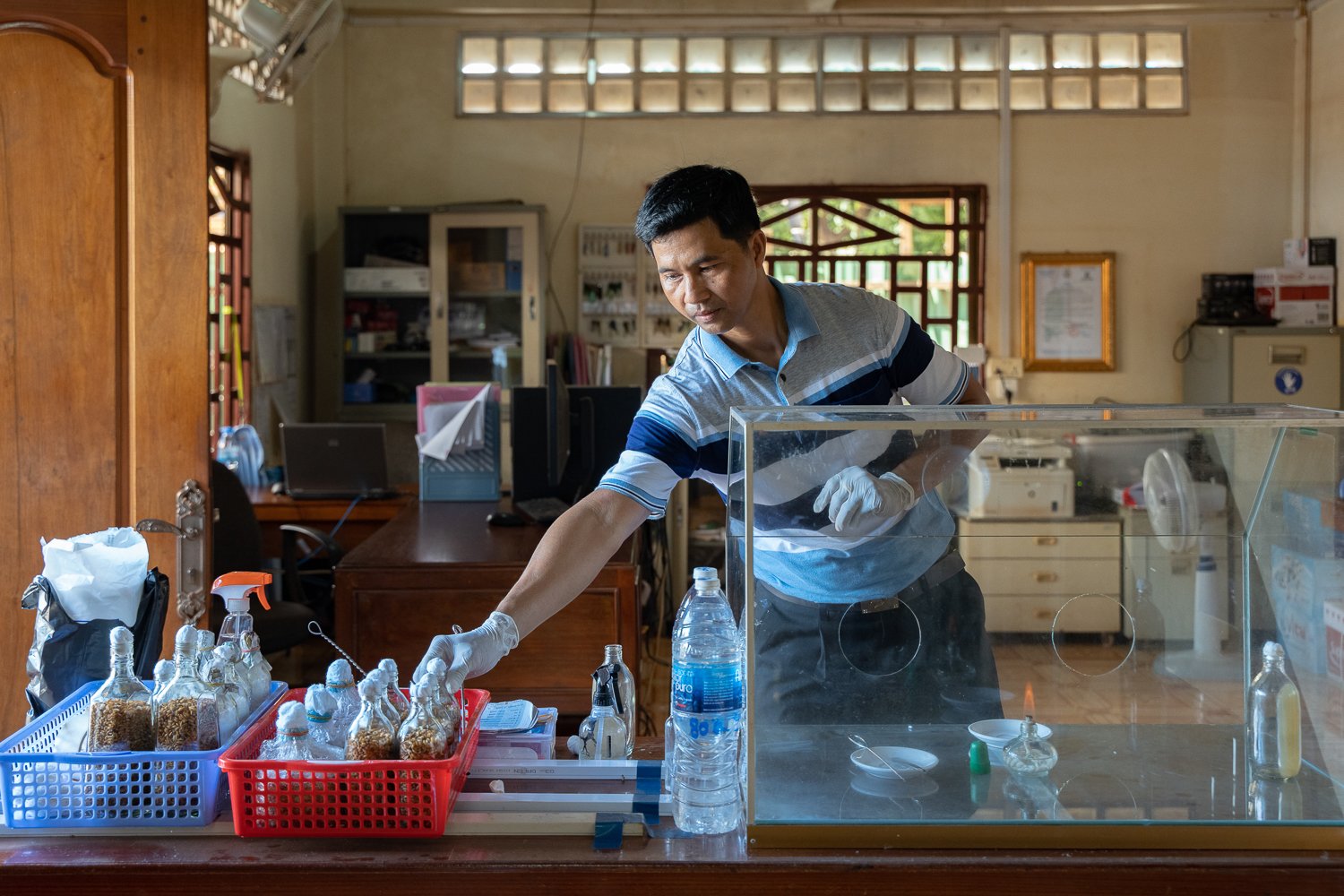
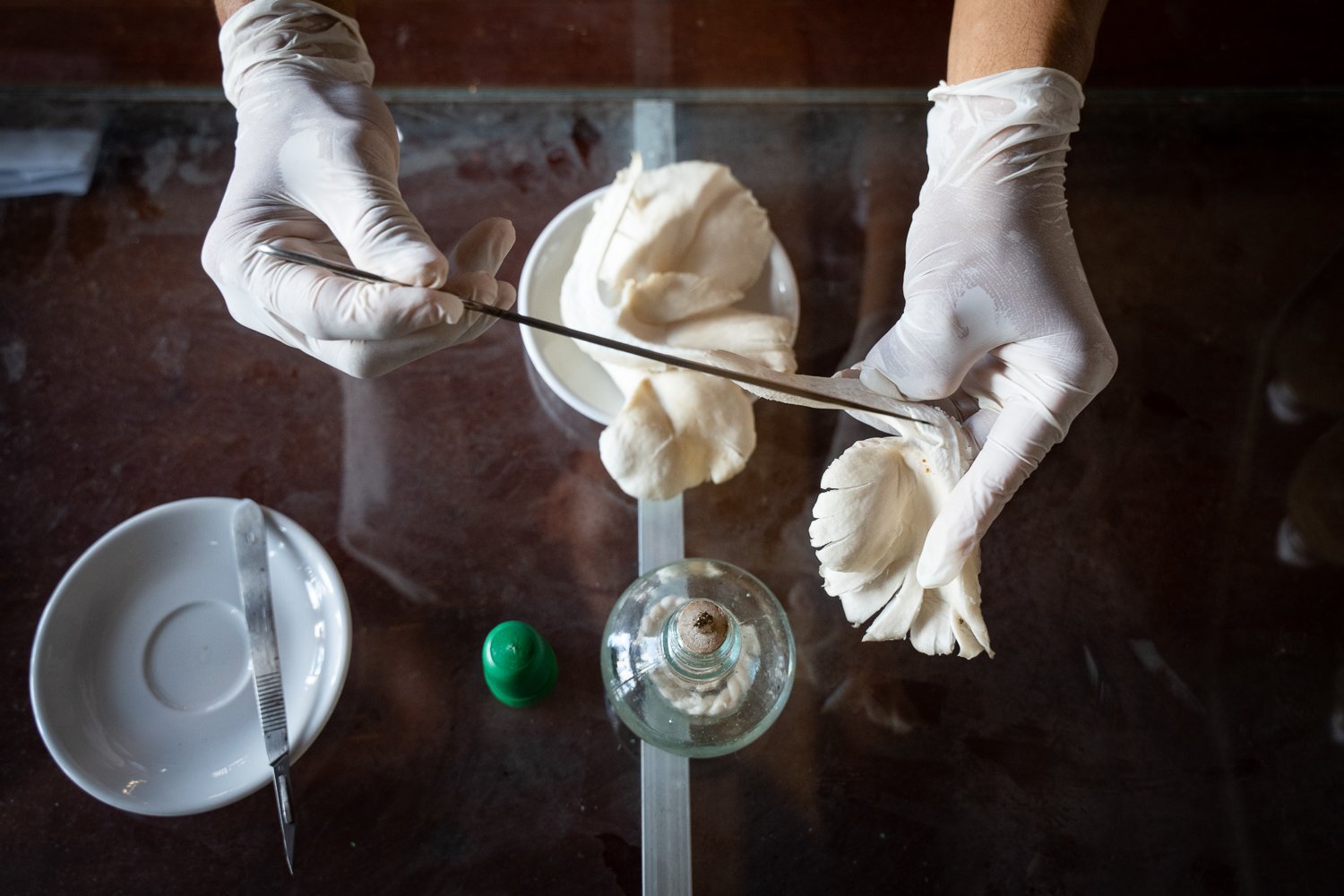
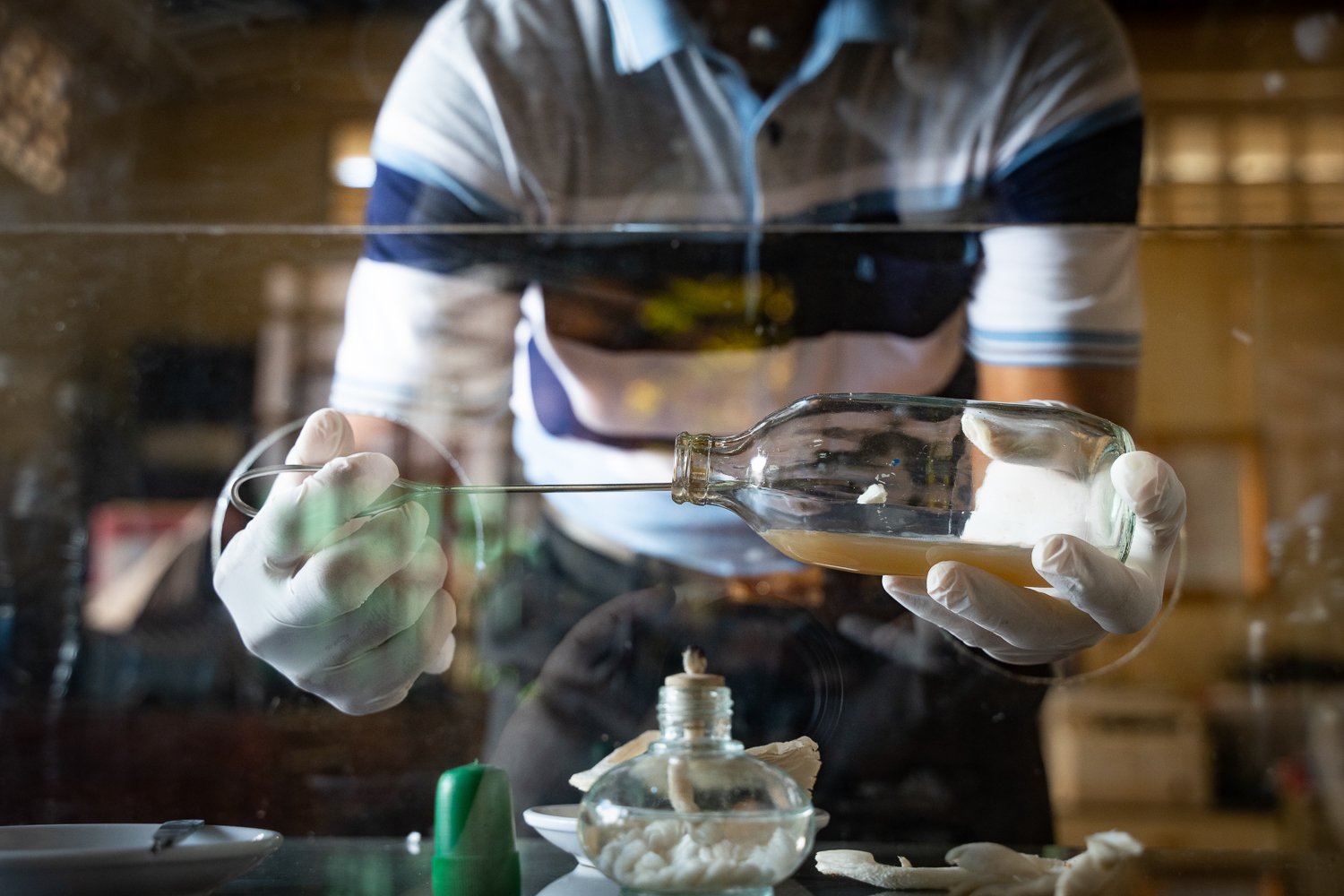
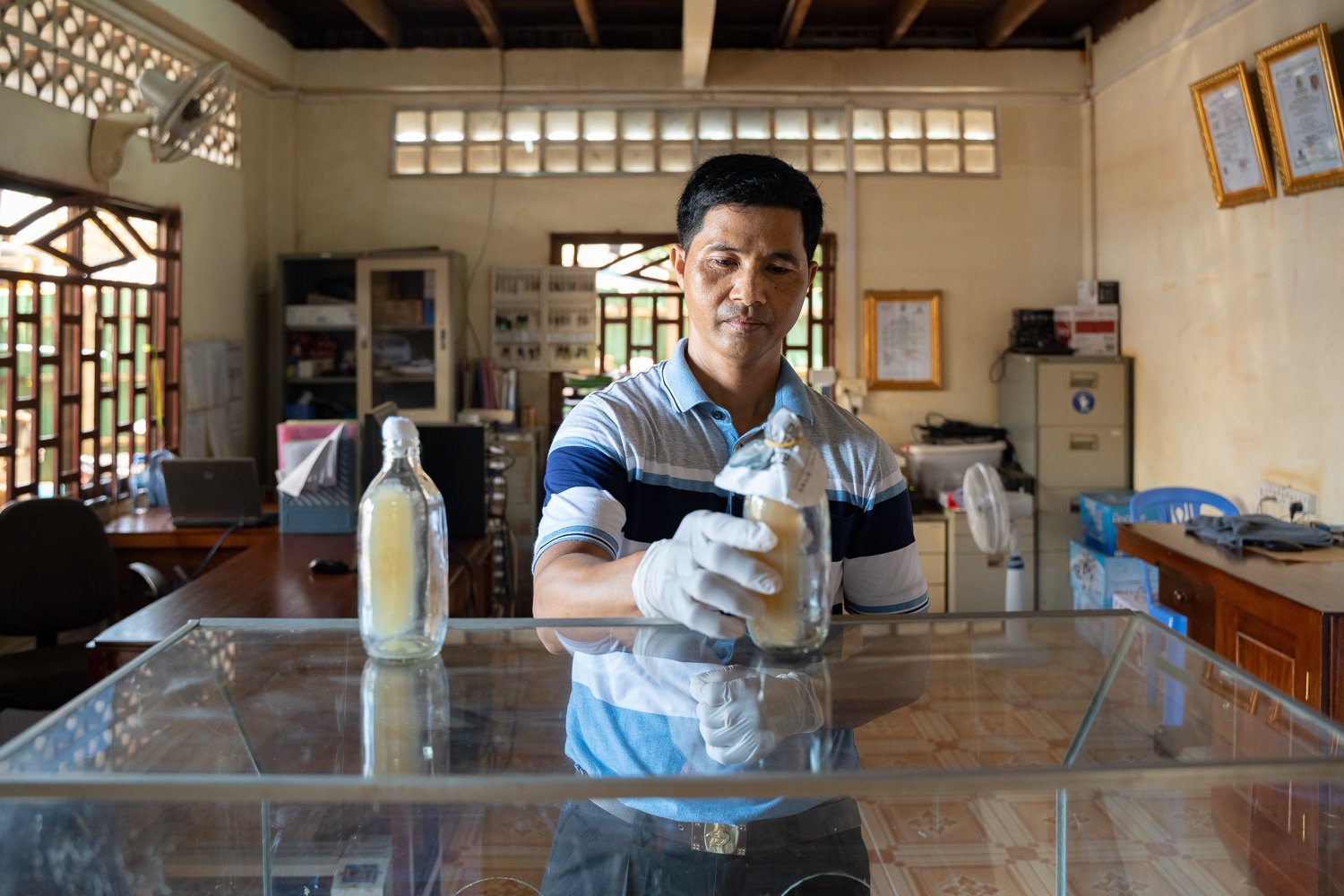
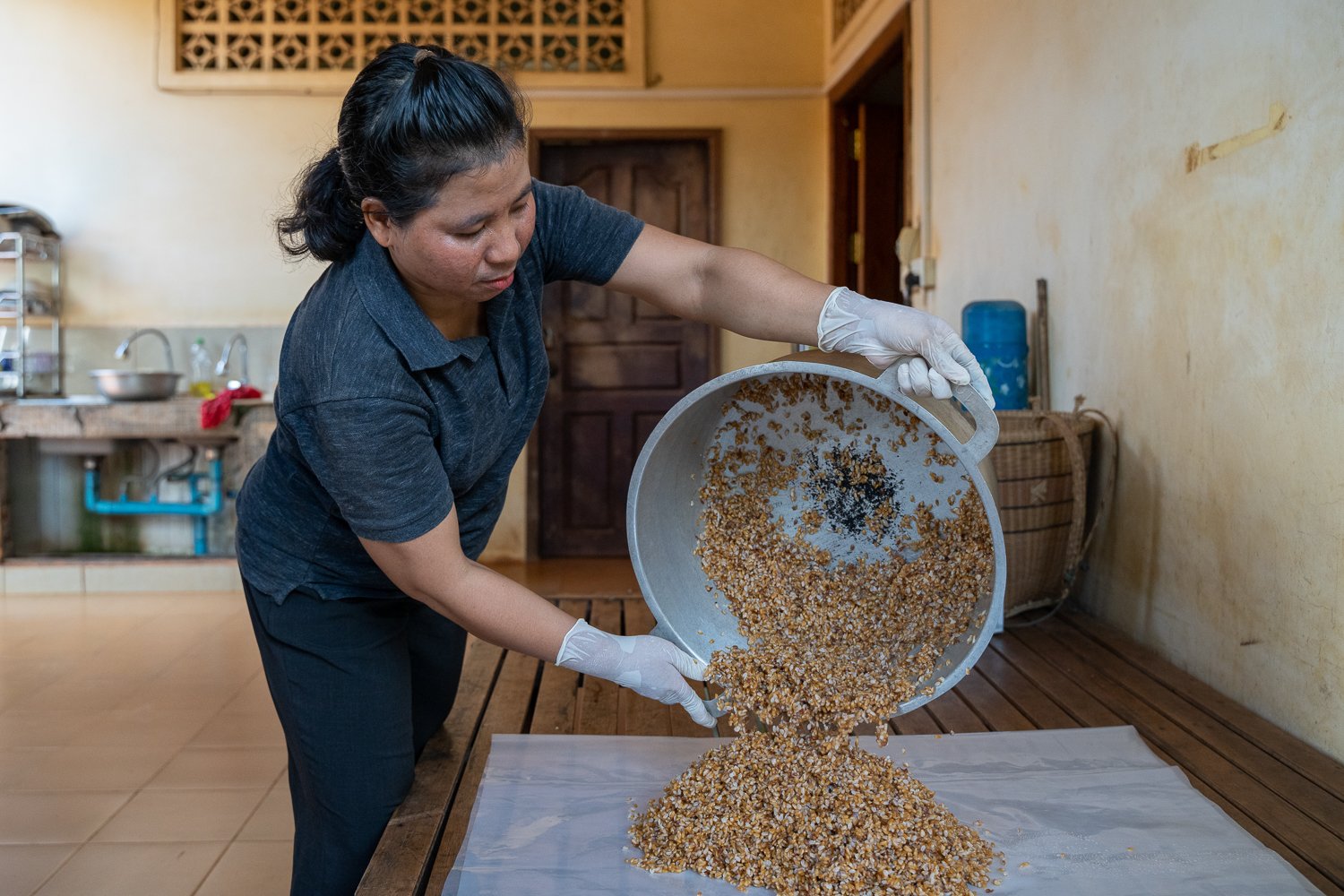
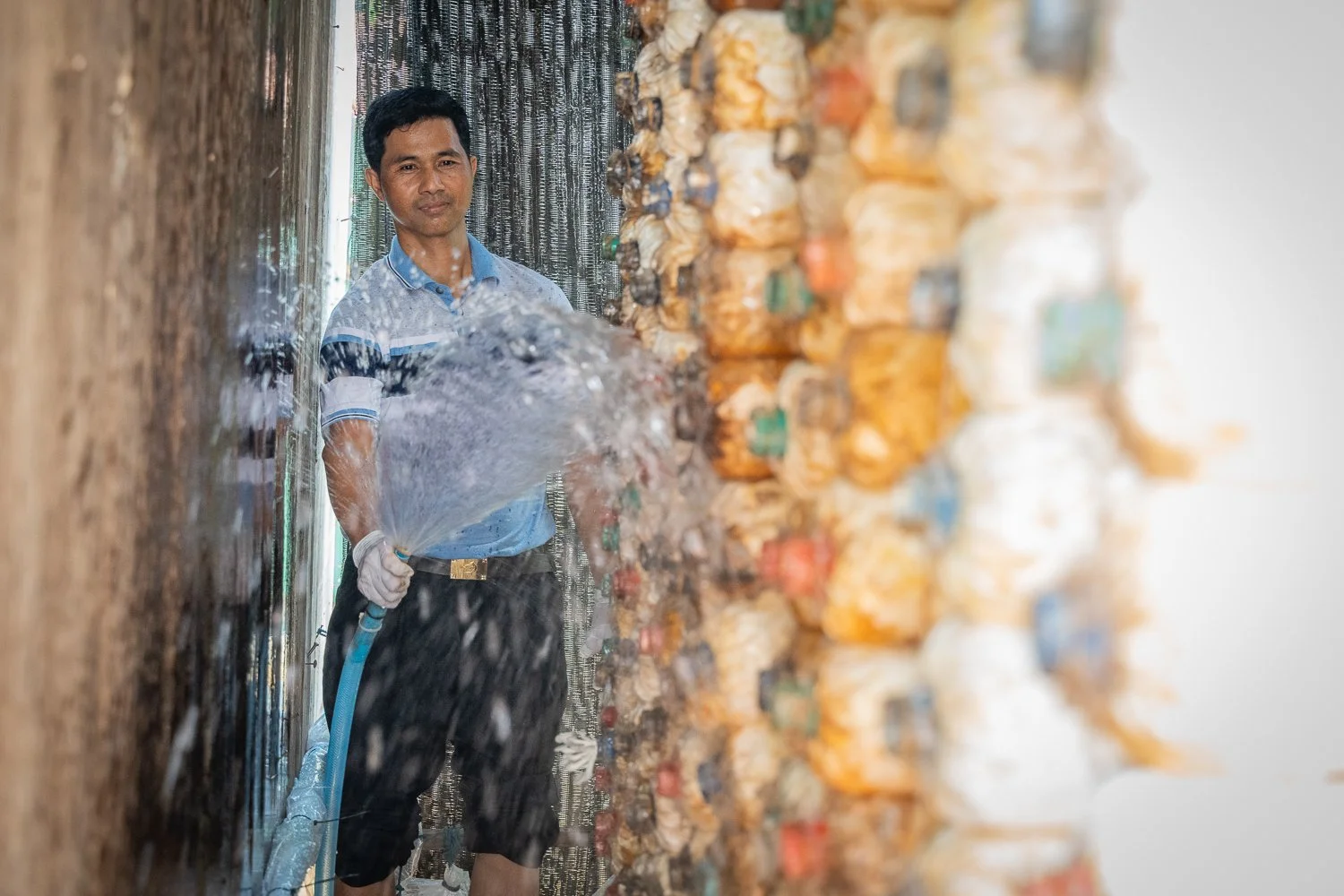
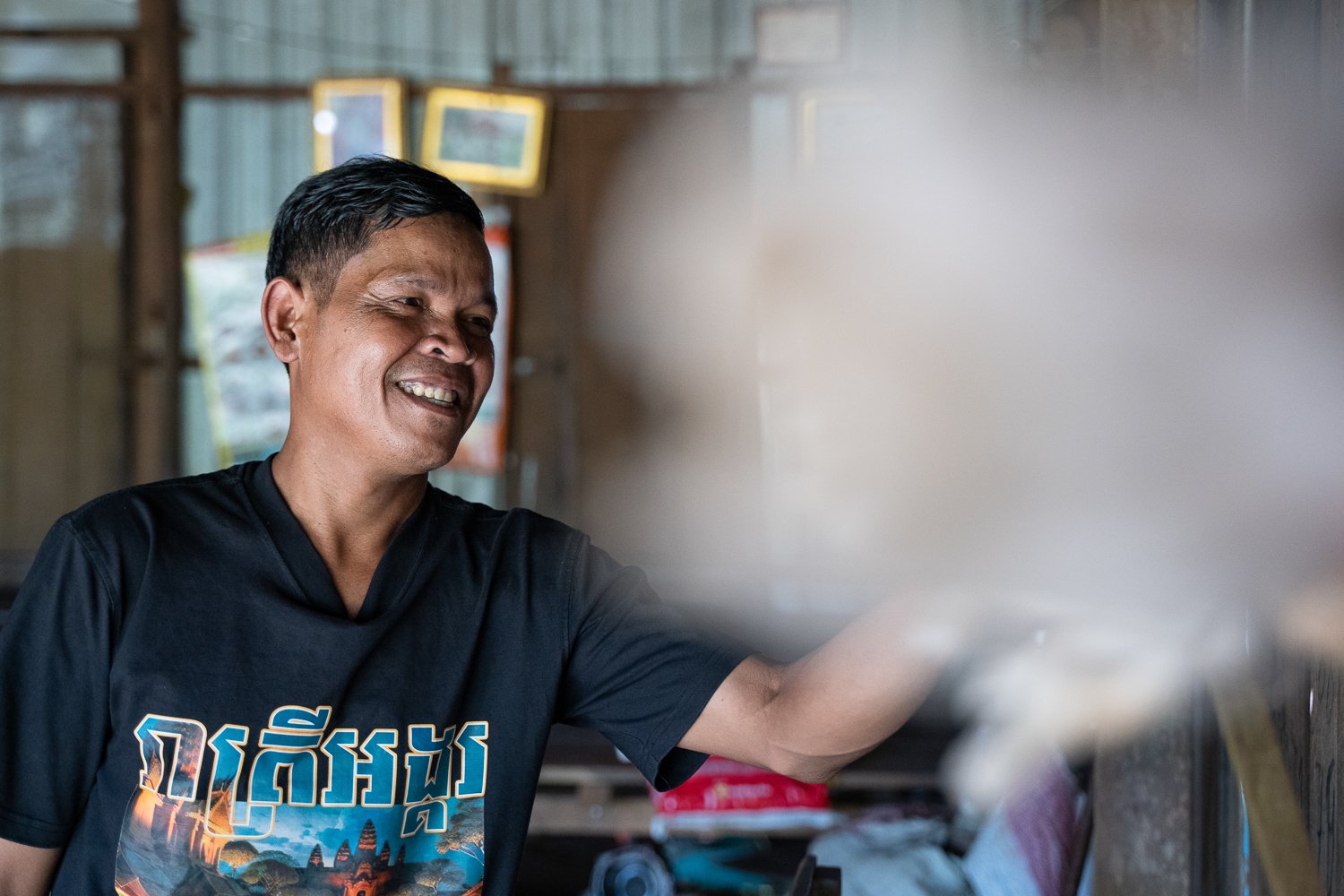
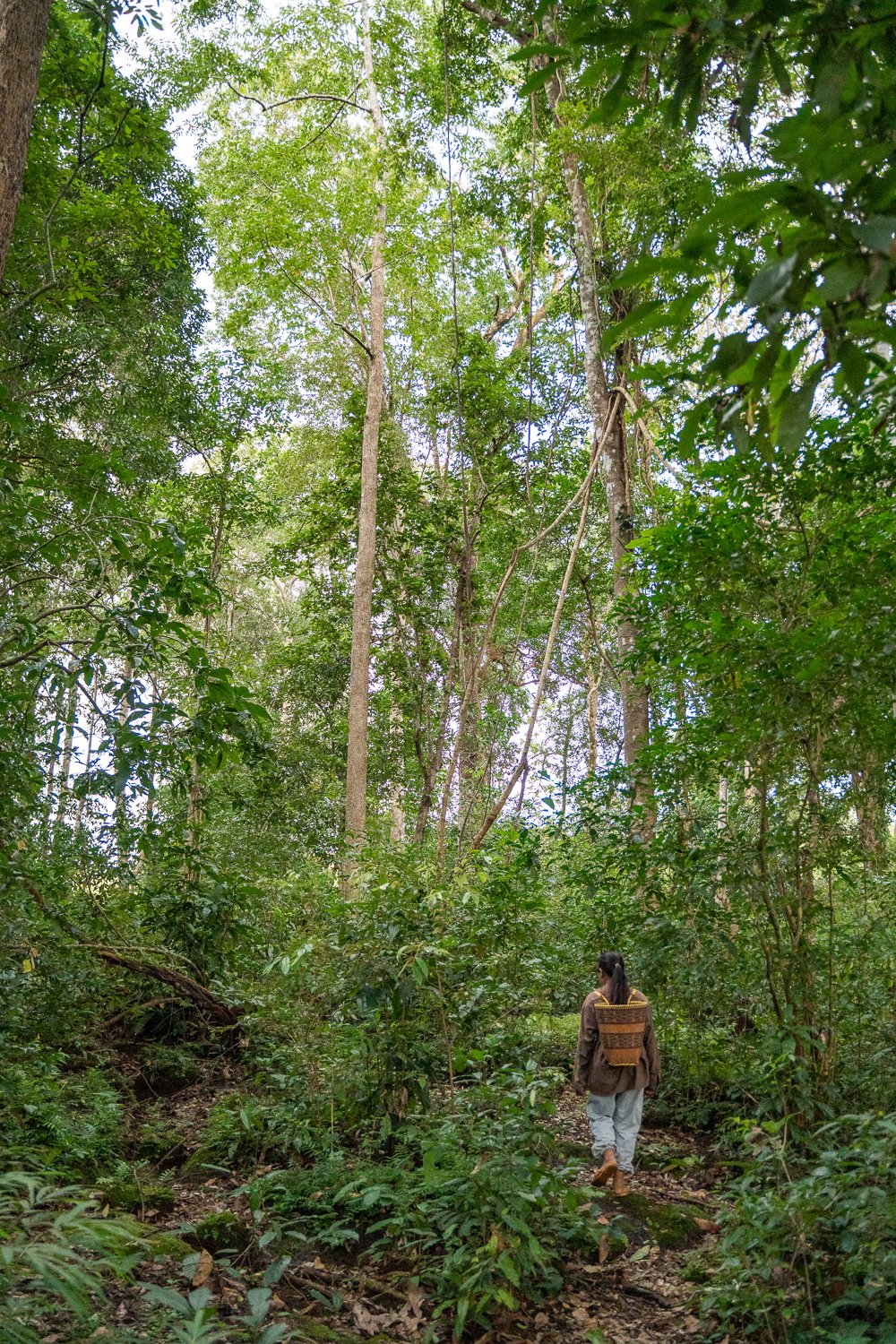
Spending time in the forests of Ratanikiri bought back memories of the extended periods I spent in the forests of Mondulkiri for Last of the Elephant Men.
Then I was working as a director, camera operator and Steadicam operator, this time I’d been assigned as an NGO photographer to document FELM’s mushroom cultivation programme.
FELM, a Finnish NGO, identify partners in the countries they work in and supports them in implementing their projects.
The implementing partner for this one is Integral Cooperation Cambodia, a Phnom Penh based NGO with an office in Banlung.
I arrived at their office to photograph the mushroom cultivation process.
I’m not entirely clear on all the steps, but Nin Samreth, the team leader on the Climate Resilient and Sustainable Indigenous Livelihoods-project, led me through the process while I took photographs of the process and portraits.
Sorl Nhoy, a project officer on the Climate Resilient and Sustainable Indigenous Livelihoods-project, also lent a helping hand. She showed me various parts of the process while I got on with my work as an NGO photographer.
Essentially, they put mushroom culture into sterilised bottles full of straw. The mushrooms then propagate before they can be transported to indigenous communities where they grow them in wall gardens.
After seeing the process at the office, we took a short ride out of town where I photographed Pun Savy at his house where he grows mushrooms.
The visit was rounded off with Pun Sayy taking a basket of mushroom round to his neighbour’s house where they prepared soup.
It’s increasingly important for indigenous people to have alternative food sources as the land they have to farm is getting smaller and climate change is making food production increasingly unpredictable.
You can see other examples of the NGO photography work here.
Working as an NGO Photographer Covering Leprosy Elimination for WHO in Cambodia







After a successful collaboration with WHO last year, it was great to be asked to work as a documentary photographer to produce another photo essay as part of their People of the Western Pacific Series.
The brief was to produce 25 photos to tell the story of Visal and the invaluable work that he does in eliminating leprosy from Cambodia.
Visal works for the National Center for Tuberculosis and Leprosy Control, under the Ministry of Health, and has been instrumental in implementing the National Programme for Leprosy Elimination.
Visal is dedicated and passionate about his work and even faced discrimination from his own family. They asked him not to visit his home town before he educated them about how easily treatable the disease is.
I spent a day taking photos of Visal as he worked in the community.
I photographed Visal conducting a training session, speaking to the local health authorities to explain their activities and conducting screening in the community.
At the end of the day, we visited a couple who both had leprosy and suffered disabilities as a result.
Visal’s work has helped to reduce the stigma within their community and he’s helped them to establish a chicken husbandry business that helps them to be financially independent.
Visal has also been instrumental in establishing networks using social media to help identify new cases. This has been very effective, particularly when working with people from remote areas, which is where most new cases are detected.
Leprosy is easily treatable and can be eliminated from Cambodia.
Due to the hard work of people like Visal, there are very few new leprosy cases in Cambodia and by educating people, their work has helped to reduce the stigma.
I wish them luck in achieving their goal.
You can see more of my photography work for WHO here. Please don’t hesitate to get in touch if you have any NGO photography projects you would like to discuss.
